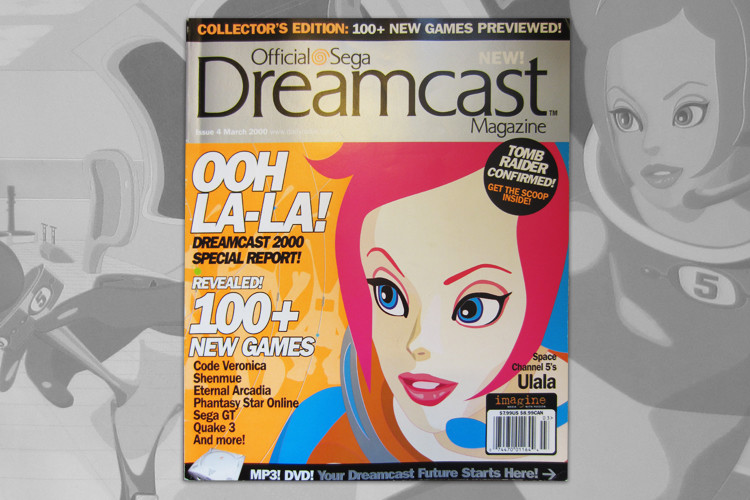
During their short run, the US Official Dreamcast Magazine managed to produce some excellent covers showcasing a wide range of Dreamcast titles. Unlike other gaming magazines tied to a single company, ODCM didn’t rely on mascots to sell the latest issue. Amazingly, Sonic only appeared on two covers during the magazine’s run; the promotional Issue 0 and the premiere issue. from issue 2 and beyond, ODCM shifted the spotlight to both first and third party franchises from a range of genres. Either it was a testament to the console’s strong library, or the editorial staff’s taste, but not a single issue of the magazine gave a cover story to a dud of a game. In this installment of Classic SEGA Magazine Corner we’re taking a look at issue 4 which gave Space Channel 5‘s Ulala the cover treatment, a full introductory spread, and the top slot in an article about great Dreamcast games due for release in 2000. Enough talk, let’s crack this issue open!
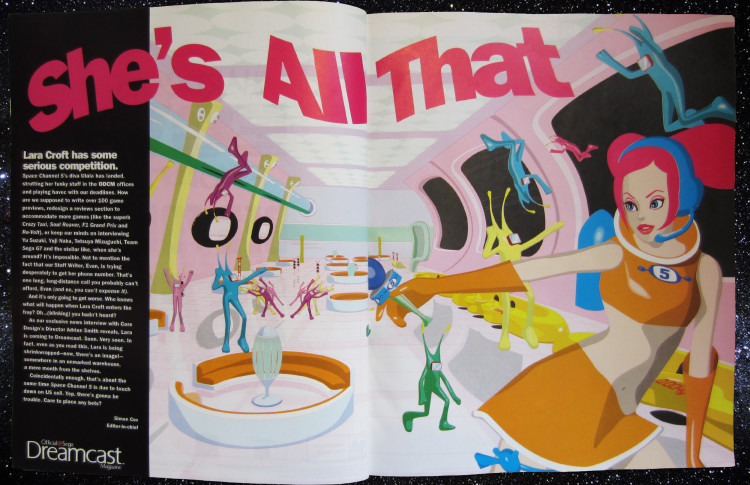
Reading-Over-Your-Shoulder Observations and Interesting Factoids:
- Like the cover? Check out a high res version of it here! I’ve always loved the Space Channel 5 promo art with hard shadows and a lack of outlines.
- Remember when Lara Croft was at the height of her career and all other female video game characters who were the star of a game were compared to her? I wouldn’t say Ulala is a fair comparison, the two are very different.
- Of course, the comparison between Lara Croft and Ulala was due to the two games releasing to the Dreamcast. However, the two ended up releasing 6 months apart so it really wasn’t the fight ODCM anticipated.
- Speaking of Lara Croft, Lara only lost her mother after a plane crash. Ulala lost both her parents in a shuttle accident. Score one for Ulala… I guess.
- I wonder if Evan ever got Ulala’s phone number, or if he learned she wasn’t real?
- “2000 DC” was an excellent 22 page preview of 100 upcoming Dreamcast titles including interviews with the likes of Sonic Team’s Yuji Naka, AM2’s Yu Suzuki, and UGA’s Tetsuya Mizuguchi. Suffice to say, if you were not sold on a Dreamcast yet, this article would have made you rush out to buy one!
- Tetsuya Mizuguchi is very photogenic!
- Polygons not being everything was very true of UGA titles, from Space Channel 5’s pre-rendered backgrounds and (lovingly) blocky characters to Rez which wasn’t a high poly game but really knew how to utilize sound, movement and color.
- I love Mizuguchi’s answers to ODCM’s questions, especially “I want happy technology”
- Mizuguchi appears to be a fan of the off-the-wall Dreamcast game Seaman.
- ODCM points out Ulala’s strong resemblance to Dee-lite singer Lady Miss Kier, who later sued SEGA and lost and then got into a Twitter argument with us about it.
- This article was written before the United Game Artists name was made public, by this point they were called Dept. 9.
- UGA’s offices were in Tokyo’s Shibuya district and the game took nearly two years to develop.
- “This game is about love. So everyday I am making love with Ulala!” – Something Mizuguchi may or may not have said

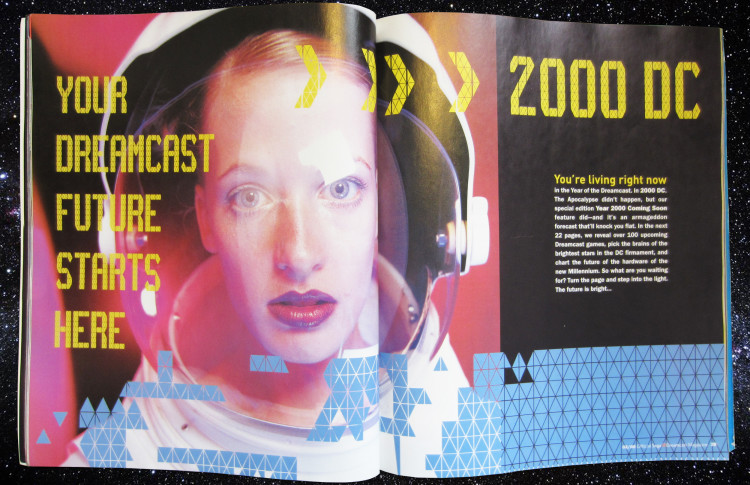

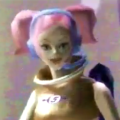


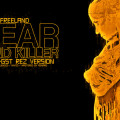

I actually have this issue :D.
I remember this. I think the exciting thing about the Dreamcast was that there was a feeling that Sega were being very creative. They made some excellent games. Most of them were fun. They introduced lots of fresh IP’s and they felt like a company that had high standards. Space Channel 5 was a very enjoyable game, and I think after they stopped making Dreamcast Sega should have continued to take risks with newer style games. They re-released many of these Dreamcast games on other consoles but they looked slightly old and they could not have been so exciting on second release. Had Sega kept up the momentum with making fresh concepts, things may not have gone as bad as they are now. Still, good memories, but Dreamcast was loved by the critics because Sega were making fresh games, not relying to much on the past, and that was the true spirit of Sega. The company forgot that after they finished with the Dreamcast.